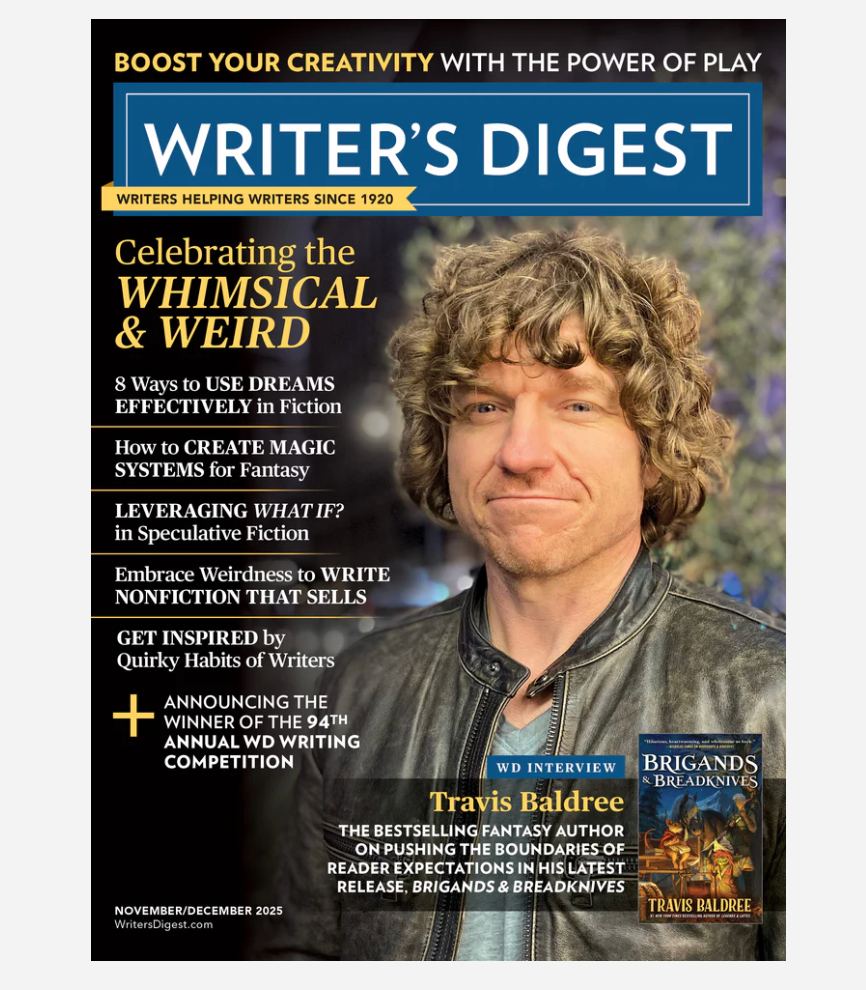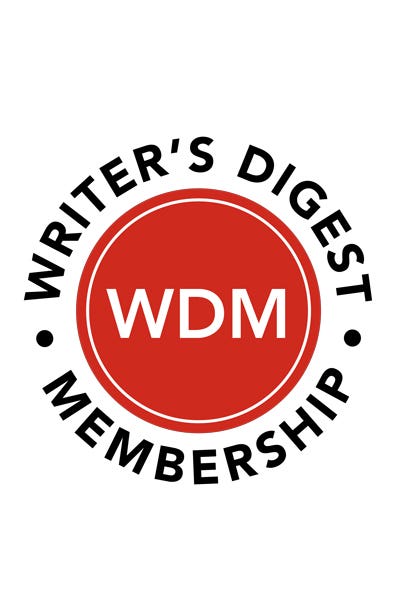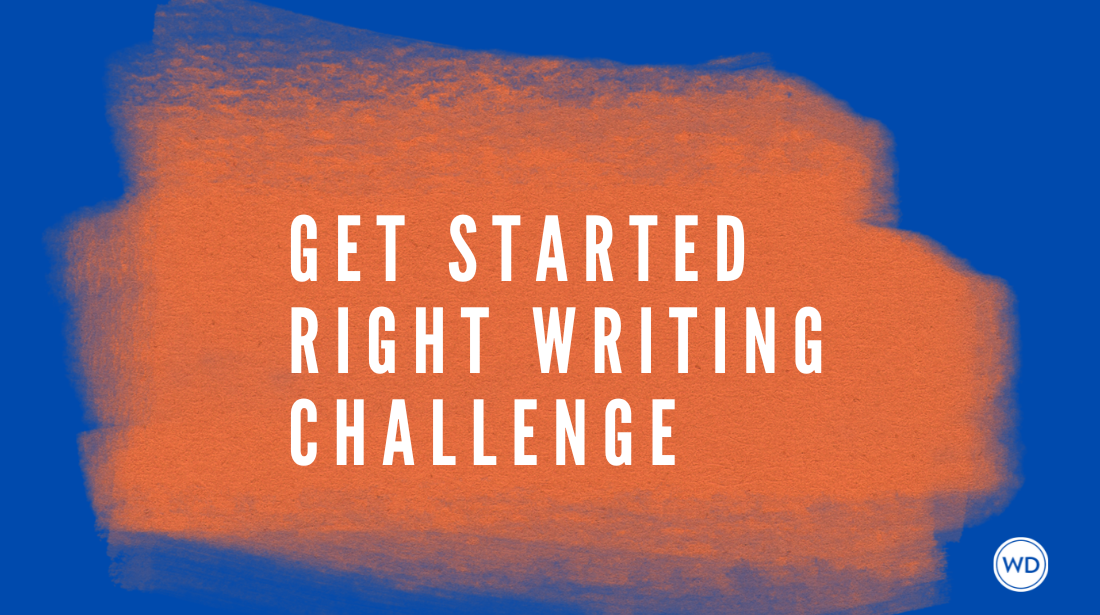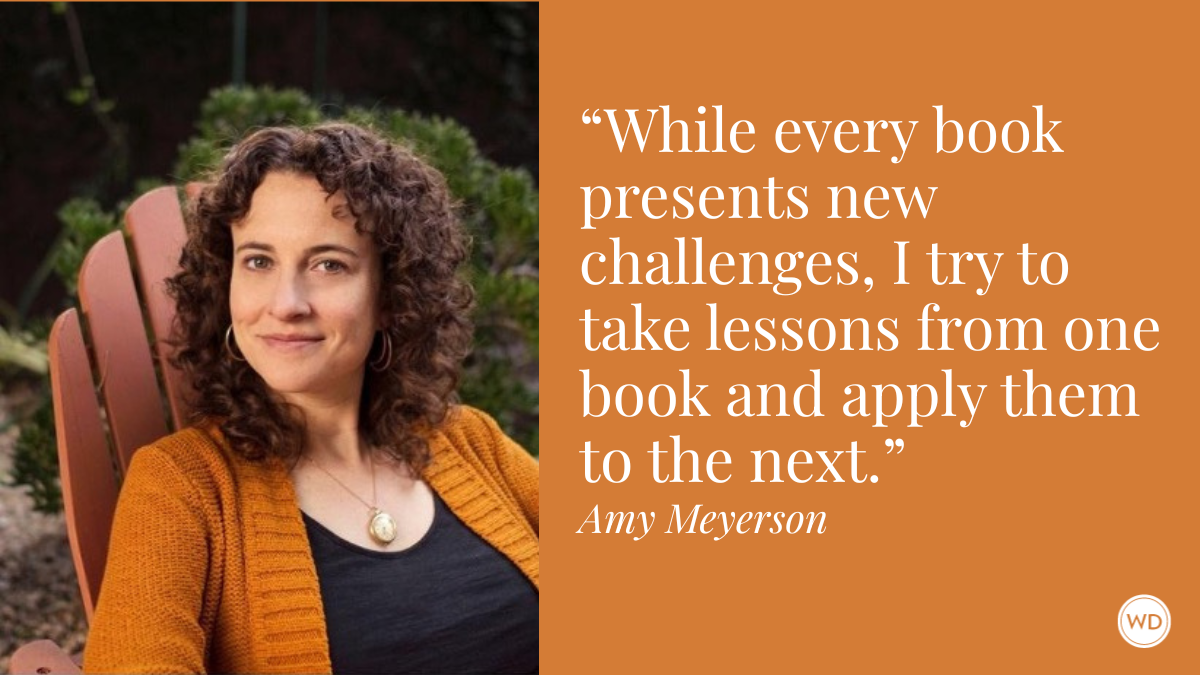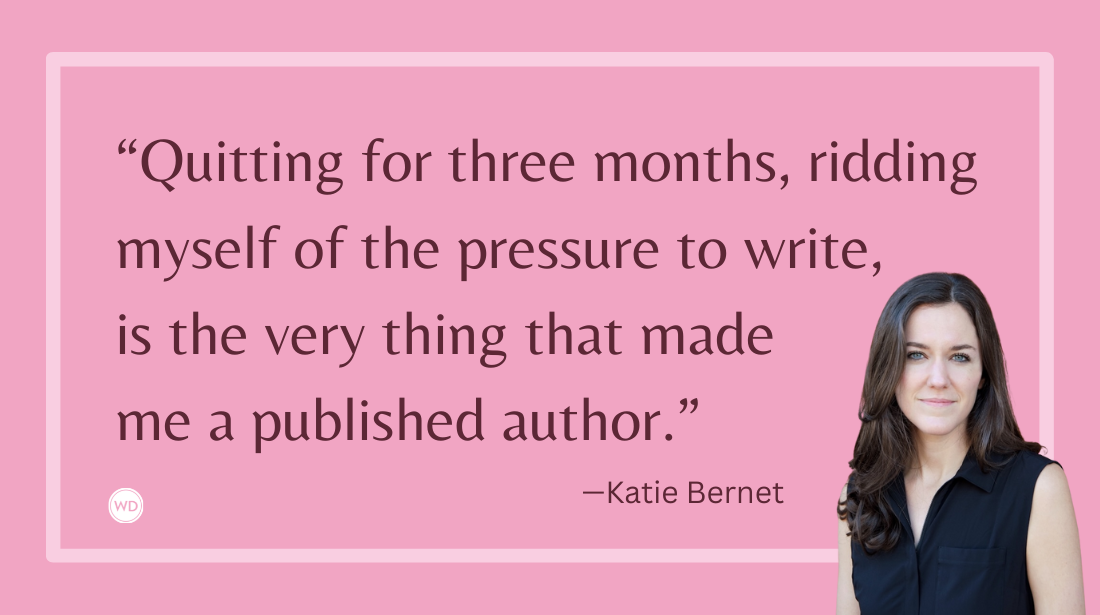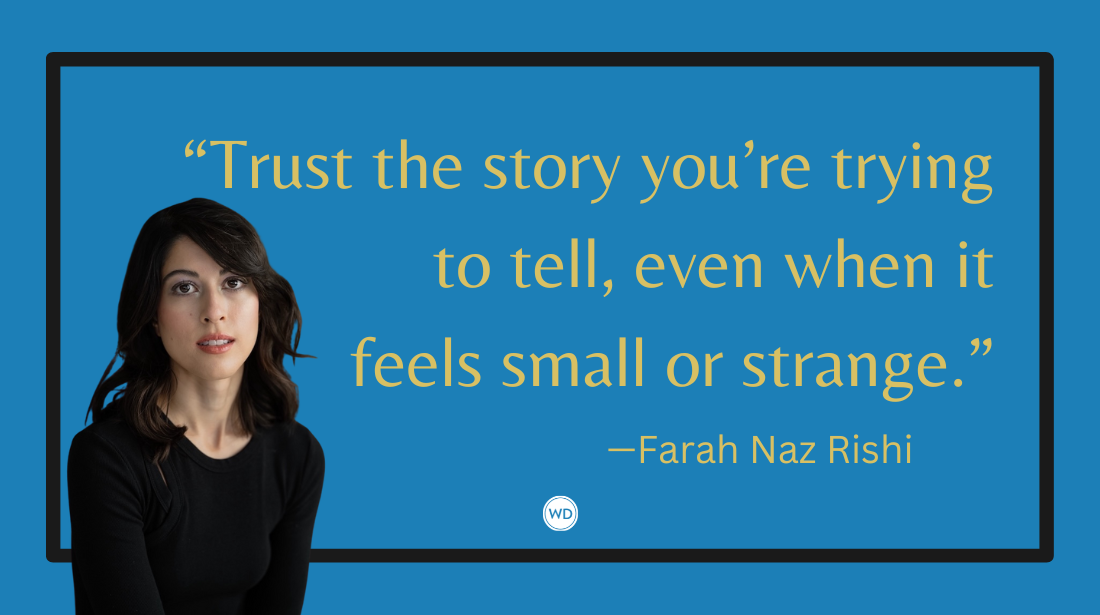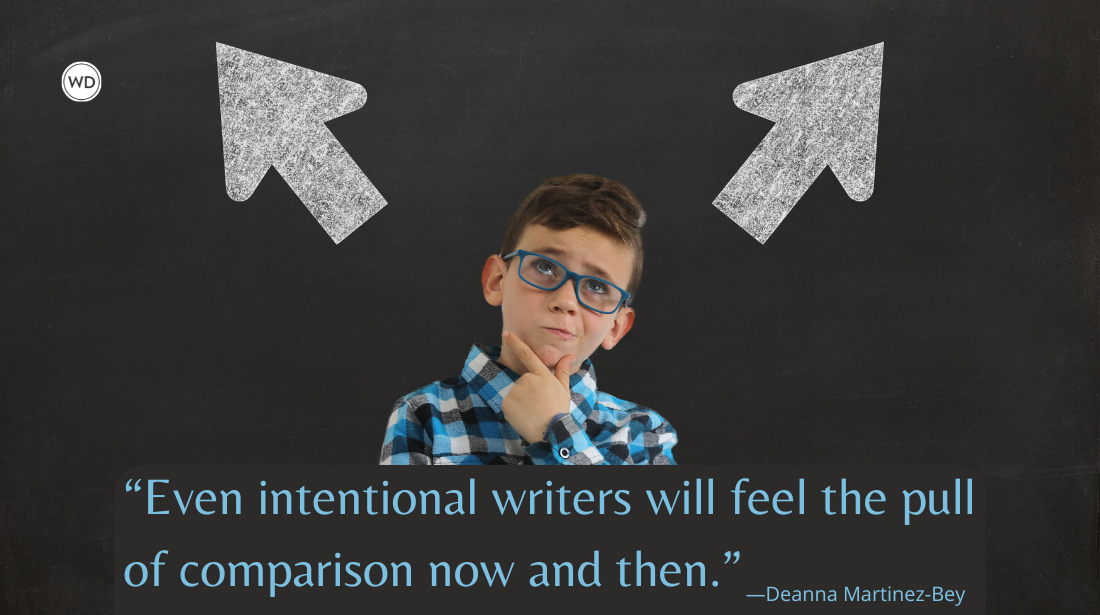Famous Writers and Their Typewriters
Author Meg Waite Clayton shares not only the famous writers (and songwriters) who’ve used typewriters but also the models they used.
“BJUYT KIOP M LKJHGFDSA:QWERTYUIOP:,-98VX5432QW RT HA” — so began Samuel Clemens, aka Mark Twain, on his first attempt “T TO GET THE HANG OF THIS NEW F FANGLED WRITING MACHINE.” The all-caps were not for emphasis, much less political: The Remington No. 1 he’d just bought in Boston offered no lower case. “I believe it will print faster than I can write,” he wrote that December of 1874, and it “piles an awful stack of words on one page.” Nine years later, his Life on the Mississippi was the first typed manuscript ever delivered to a publisher.
Jack London did have access to letters capital and small, but they were on separate sets of keys on his Bar Lock #10—black capital keys at the top of the keyboard and white lower case at the bottom—on which he most likely wrote The Call of the Wild and White Fang. The often impecunious writer rented typewriters, and would give up his suit and coat to pay his typewriter rent. “If typewriters hadn’t been invented by the time I began to write, I doubt if the world would ever have heard of Jack London,” he said. “No one would have had the patience to read more than a page of my longhand!”
Ernest Hemingway often typed standing at a bookcase, and noted his daily word count on a cardboard chart on his wall. A subsequent owner of his 1926 Underwood Standard Portable found what looked like old strips of bacon stashed in its case but turned out to be negatives of Hemingway as a child. And a forensic analysis showed evidence of desperate words pounded into the roller that may have been some of Hemingway’s last thoughts before he committed suicide.
P.G. Wodehouse, who aimed for 2,000 words a day seven days a week, attached a continuous roll of paper to his Monarch so he would never have to stop to change the page. When asked about his writing technique, he replied, “I just sit at the typewriter and curse a bit.”
Paul McCartney has said of John Lennon’s songwriting for The Quarrymen before they started The Beatles, “I used to go round to Aunt Mimi’s house and John would be at the typewriter”—a 1951 Imperial—“which was fairly unusual in Liverpool. None of my mates even knew what a typewriter was.”
Martha Gellhorn, a regular correspondent with Eleanor Roosevelt, wrote the first lady that she was “praying to my own Gods (they both look like typewriters) for some wisdom.” She took her Hermes Baby everywhere, and often typed outside in the sun. Other fans of the Baby: John Steinbeck, Susan Sontag, Margaret Mead, and journalists Marguerite Higgins, Lee Miller, and Gwen Dew, who named hers “Tappy.”
Sylvia Plath went through three typewriters—her college Royal, a Smith-Corona, and an Olivetti Lettera 22 her mother gave her—before turning to the iconic Hermes 3000, on which she wrote The Bell Jar and Ariel. Hers was light green, and she declared it “marvelous,” but her husband, Ted Hughes, wrote of her relationship with it, “You hammered your new Hermes,/Your Panic Bird chipping at the old egg.”
Hunter S. Thompson took his IBM Selectric out in the snow one day and shot it with a gun. Like Plath, Thompson died by suicide in his kitchen. He was found sitting at his typewriter, with “counselor” typed on the middle of a sheet of stationery from the Fourth Amendment Foundation he’d helped create.
Gabriel García Márquez outlined in longhand in notebooks, but used first a manual Torpedo 18 and later a Smith-Corona Electric 12, on which he could write faster, to write One Hundred Years of Solitude. “I remember quite distinctly the day that with enormous difficulty I finished the first sentence and I asked myself, terrified, what the hell came next.” He later quit his job, pawned family possessions, and lived on credit to finish. “My children remember me as a man who was locked in a room and never left,” he said. But he was also one of the first to write completely on a computer, with Love in the Time of Cholera.
Some writers used typewriters long after computers were available though, and some still do. Danielle Steel has typed more than 200 novels on a 1946 Olympia manual typewriter name “Ollie,” which she claims weighs as much as she does. “I’m happy to say it’s older than I am,” she says. She can’t write on anything else and wouldn’t even try. What if she hit the wrong key on a computer and lost everything? Ollie, she says, “very politely only eats what I feed it.”
David McCollough knew he could work faster on a computer, but “If anything, I’d probably be better off going more slowly.” He’d abandoned a college portable for a secondhand Royal when he decided to start writing, and wrote every word he ever published over more than 50 years on the same machine. “Sometimes I think maybe it’s writing the book,” he said. And he liked the feel and the sound of it, the ding at the end of the line.
Paul Auster wrote longhand in quadrille notebooks, then typed on a secondhand Olympia that was the subject of his The Story of My Typewriter. He stocked “sixty or seventy” ribbons so he wouldn’t run out. “The typewriter forces me to start all over again once I’m finished,” he said. The task was “bad for your neck, bad for your back, and … the finished pages pile up with excruciating slowness. That’s the moment when I always wish I’d switched to a computer,” he said. “And yet every time I push myself through this final stage of a book, I wind up discovering how essential it is.”
Larry McMurtry gave “most heartfelt” thanks in his Golden Globe acceptance speech for Brokeback Mountain to his Hermes 3000, “surely one of the noblest instruments of European genius,” saying, “It has kept me for thirty years out of the dry embrace of the computer.” It became tough to get through airports—“They think it’s a bomb”—but he scattered a half dozen of them around the US, where he would most likely need them.
Maya Angelou famously wrote longhand in a hotel room she rented by the month, but apparently used her 1980 Adler Meteor 12 for revisions. The only thing she did on a computer, according to her grandson, was play Boggle, and when Oprah gave her an iPad, she moved her Boggle-playing to that.
And on the songwriting side, Taylor Swift shows up on social media typing typewriters, which she may or may not actually use to write. But Lady Gaga does write lyrics on a vintage Underwood portable typewriter.
Most writers, though, like Márquez, have moved to computers. Tom Wolfe would have preferred to continue with a typewriter but it was hard to keep them going; he hadn’t stocked up on ribbons the way Auster did, so his had to be untwisted and re-inked, and it was impossible to find parts.
David Sedaris (son of an IBM typewriter salesman) grew weary of being forever required to explain his at airport security while “the laptops roll merrily down the belt.” “It’s a typewriter,” he would say. “You use it when you write angry letters to airport authorities.’’
And Tom Hanks, who collects typewriters and uses them for notes and lists, used a computer to write all but one of the typewriter-centric stories in Uncommon Type. With the clack of typewriter keys, “a thank-you note resonates with the same heft as a literary masterpiece,” he says, but, “The start and stop of writing begs for the fluidity of modern technology.” If you too still love the SHOOK SHOOK and KLOCK-KLOCK and ding of an old machine, he’s created Hanx Writer—an app for that. You can even change the settings to hide the curser and replace the delete function with an old-fashioned x out. “It makes me work a little slower,” he says, “and when you work a little slower, you work a little bit more accurately.”
Check out Meg Waite Clayton's Typewriter Beach here:
(WD uses affiliate links)


